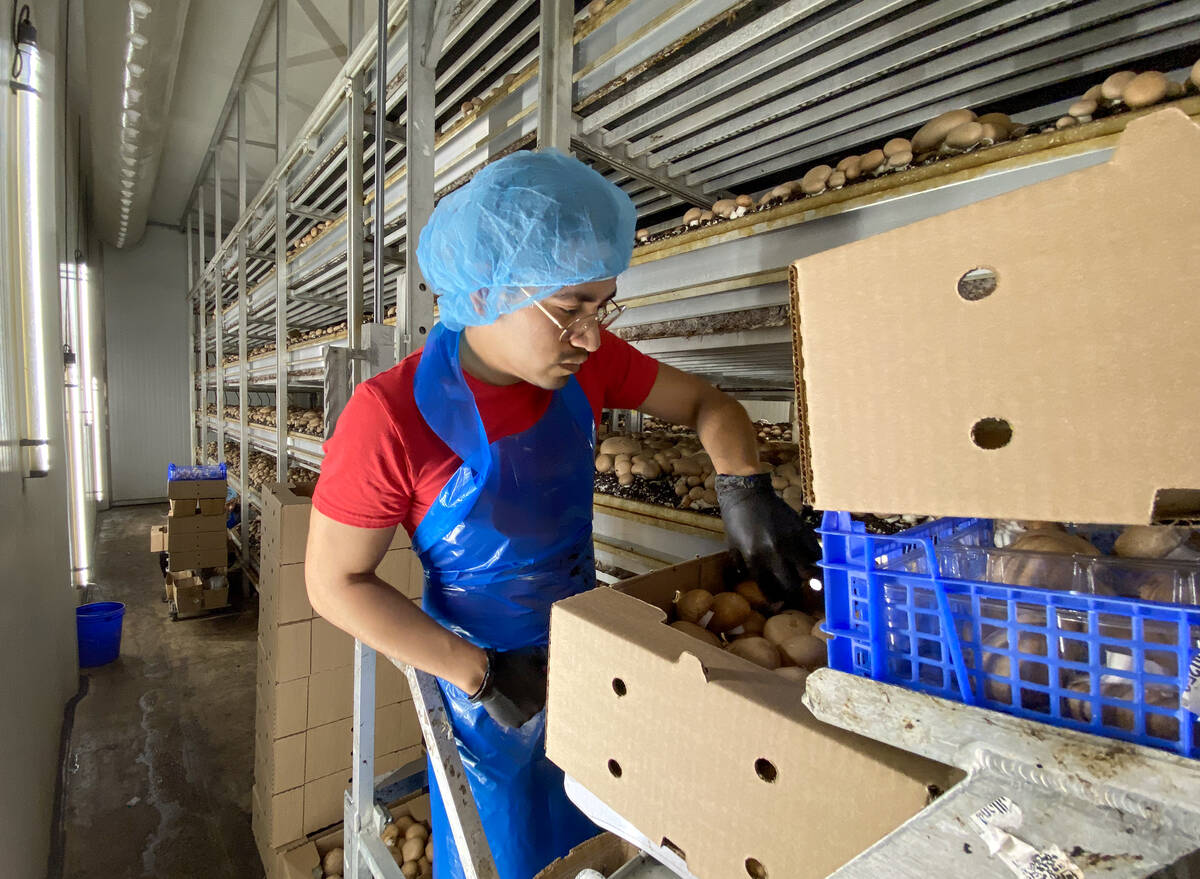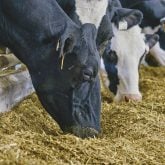As members of Parliament returned to Ottawa for the start of the fall sitting, trade is on everybody’s mind.
Two of the world’s largest economies, the United States and China, are fighting an ongoing trade war and Canada finds itself caught in the middle.
The U.S. is our largest trading partner. The connection between our two economies runs deep. Many of our supply chains are highly integrated. Billions of dollars of goods cross the border every day, with many of those goods crossing the frontier multiple times.
Read Also

Ontario’s other economic engine: agriculture and food
Ontario Federation of Agriculture president, Drew Spoelstra, says Ontario’s agriculture and agri-food sector should be recognized for its stability and economic driving force.
Many Canadian commodity prices, notably within the livestock industry, are based off of American prices, and the Chicago Mercantile Exchange has been subject to wide swings and noticeable price declines.
Easing Canada off of its American addiction is on Ottawa’s radar.
Since taking office, Prime Minister Justin Trudeau’s government has vowed to diversify Canada’s trade portfolio, promising to open new markets and ease Canada’s reliance on the U.S.
That’s easier said than done.
The global economy is shifting. Protectionism, once a rarity in a globalized world, continues to creep in.
The World Trade Organization is under siege, thanks in large part to the American refusal to make the necessary appointments.
U.S. President Donald Trump’s administration has discussed rejecting outright the World Trade Organization, a position other nations, including Canada, have pushed back on.
Disputes between Canada and India on pulse exports remain.
Italy has halted Canadian durum imports and is refusing to approve the Comprehensive and Economic Free Trade Agreement with the European Union.
The European Union and the United Kingdom seem unable to negotiate a smooth Brexit agreement.
On Sept. 17, MPs kicked off the first round of parliamentary debate on the Comprehensive and Progressive Trans Pacific Partnership, which emerged after Trump pulled the U.S. out of the 12-member Trans Pacific Partnership in January 2017.
International Trade Minister Jim Carr has said Canada wants to be among the first six countries to ratify the agreement, required for it to come into effect.
The race is on.
Three countries have already ratified the deal: Mexico, Singapore and Japan. Several other countries are close.
The Liberals refused a Conservative request to call the House of Commons back this summer to work on the ratification legislation, a decision the Conservatives should be expected to capitalize on if the trade deal is not ratified by Canada in time.
The NDP have said it is opposed to the CPTPP. (They actually refuse to call it the CPTPP because in their view the deal is neither comprehensive nor progressive.)
Then there’s the North American Free Trade Agreement (NAFTA). Its fate remained up in the air.
Canadian and American negotiators have been hunkered down in Washington trying to find resolutions to a number of sticky subjects, dairy markets and a dispute resolution among them.
American officials have said a deal must be reached by Oct. 1 if a trilateral agreement between Canada, Mexico and the U.S. is to be sent to the U.S. Congress for consideration.
That deal, U.S. officials have stressed, must include a concession from Canada on dairy.
Adding to the NAFTA pressure is a shift in position from Mexico City. The Mexican government has now said publicly it’s willing to move ahead with a bilateral deal with the U.S., without Canada.
Mexican officials want a NAFTA agreement-in-principle signed before the new Mexican president is formally sworn-in in December.
However, it’s unclear whether the U.S. Congress would accept a two-nation deal. Under the current Trade Promotion Authority legislation, Congress had only authorized a trilateral negotiation.
Any new NAFTA trade deal must be approved by Congress, as does any NAFTA termination.
Trump, for his part, has repeatedly threatened to hit Canada with new import tariffs on Canadian automobile exports, a move experts warn would likely send Ontario into a recession.












